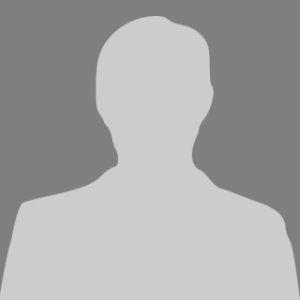Atomic Oxygen - Surface Interactions
Overview
Qualifications
Organization
Overview
Low Earth Orbit (LEO) in Earth's atmosphere contains a number of atomic and molecular species, both uncharged and ions. As a spacecraft operates in LEO, the atmosphere serves as a source of drag on the velocity of the spacecraft leading to altitude variations over time. One significant source of this drag is the atomic oxygen concentration, which can vary significantly with various conditions (e.g. daytime vs nighttime) . The measurement of neutrals often involves instruments with significant size, weight and power requirements which often make it impractical to make in situ space measurements. In this project, the student will examine atomic oxygen collisions with various materials in a high vacuum environment so as to impart a response on either the surface or the oxygen collision partner that can lead to quantification of the number density of atomic oxygen. The student will compare and quantify the measured response to the state-of-the-art capabilities and assess whether these materials improve the state-of-the-art or should no longer be explored.
Organization: Scholars
working and learning something new every day
Benjamin Douglas Prince
Postdoc

Benjamin Douglas Prince
We use experimental and theoretical tools to examine a broad range of hyperthermal processes including 1) interactions between atmospheric species and surfaces, 2) chemical and electric thruster plumes with atmospheric species, 3) interactions occurring in the plumes of next-generation propulsion technologies and 4) fundamental ion-neutral collision processes. Typical experimental techniques include guided-ion beam tandem mass spectrometry, quadrupole and time-of-flight mass spectrometry, optical emission spectroscopy/spectrometry, laser-induced fluorescence detection and measurement of ion conversion efficiency for atmospheric sensors. The laboratory houses 5 different high vacuum experimental systems and has access to high-performance computing resources for theoretical treatment of experimental results. Areas of current particular interest are experimentation relevant to the re-entry vehicle environment where electronic, vibrational and rotational excited states are common and experimental data is sparse, development and understanding of the microphysics associated with ionic liquid propelled electrospray thruster technology, quantification of processes leading to thruster signatures of in-space propulsion systems, and fundamental charge-exchange physics with an emphasis on quantification of scattering angles, energy transfer, and branching ratios.
Qualifications and Eligibility
Below is a summary of the desired background for the position, and any general requirements. Additional detail may be found in the application.
About the partner
Universities Space Research Association (USRA) administers a three-pronged approach to strengthening the science, technology, engineering, and mathematics (STEM) workforce pipeline that includes: the AFRL Scholars Program, AFRL Scholars Professionals, and the University Research and Engagement Program (UREP). This portfolio of enriching programs aligns directly with the Federal STEM Strategy and Department of Defense (DoD) STEM mission for the U.S. Department of the Air Force by offering immersive project-based learning opportunities for students and postdoctoral fellows.

Media Inquiries
afrl.pa.inquiry@us.af.milBusiness Inquiries
afsbirsttr-info@us.af.milHigher Education Inquiries
collaborate@us.af.milCopyright © 2025 The Air Force Research Laboratory. All rights reserved.
